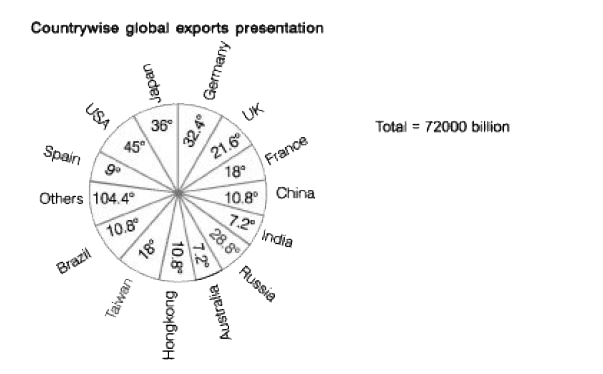How much of the e-wastes generated in the developed world are exported to developing countries
Half
Less than half
Over half
One third
The correct Answer is:C
Step-by-Step Solution:
1. Understanding E-Waste Generation: E-waste refers to discarded electrical or electronic devices. Developed countries generate a significant amount of e-waste due to high consumption rates of electronic products.
2. UNEP's Role: The United Nations Environmental Program (UNEP) has been involved in addressing e-waste management. They have established guidelines and protocols for handling e-waste, particularly in terms of recycling and disposal.
3. Initial Protocol: According to the initial program established by UNEP, it was decided that 10% of the e-waste generated in developed countries should be recycled within those countries. The remaining 90% was to be exported to developing countries.
4. Revised Protocol: Over time, the protocol was revised to improve e-waste management. The new guideline stated that 50% of the e-waste should be recycled in the country of origin, while the remaining 50% could be exported to developing countries.
5. Conclusion on Exported E-Waste: Based on the revised protocol, it can be concluded that over half of the e-waste generated in developed countries is exported to developing countries. Therefore, the most accurate answer to the question is that more than half of the e-waste generated in developed countries is exported.
6. Final Answer: The correct answer is "over half".
---
Similar Questions
With the revolution in information technology, now it has become an integral part of everybody's life, living in rural and urban India. You are asked to address the gathering of students of eco-clubs of your neighbourhood schools on generation and management of e-waste.
(a) Write how e-waste is generated.
(b) Explain how would you address the awareness issue of e-waste management amongst the students.
(c) How have the developed countries exploited the developing countries with respect to e-waste managements ?
View SolutionMention the differences between developed country and developing country?
View Solution
Knowledge Check
Assertion: Irreparable computers and other electronic goods are known as electronic wastes (c-wastes)
Reason: Over half of the e-wastes generated in the developing world are exported to developed countries, mainly to China, India and Pakistan.AIf both assertion and reason are true and the reason is the correct explanation of the assertionBIf both assertion and reason are true but reason is not the correct explanation of the assertionCIf assertion is true but reason is falseDIf both assertion and reason are false.In the following question, the sentence given with blank to be filled in with an appropriate word. Select the correct alternative out of the four and indicate it by selecting the appropriate option.
Corruption is an evil generally more _________ in the underdeveloped and developing countries of the world.AreluctantBdistantCrampantDextravagantCertain characteristic demographic features of developing countries are
Ahigh fertility, low or rapidly falling mortality rate, rapid popualtion growth and a very young age distribution.Bhigh fertility, high density rapidly rising mortality rate and a very young age distributionChigh infant mortality, low fertility uneven popualtion growth and a very young age distribution.Dhigh mortality high density uneven population growth and a very old age distribution.
If exports of developing countries accounted for 36% of the total worldwide exports,then what is the value of the exports of Japan as a percentage of the exports of the developing coun- tries?

View SolutionWhat is the status of mining in the developed and developing economics of the world?
View SolutionCertain characteristic demographic features of developing countries are
View SolutionCertain characteristic demographic features of developing countries are:
View SolutionReplacement level fertility rate for developed countries is
View Solution
